I vividly remember the first time I saw Las Vegas. It was decades ago, and a friend and I did the classic LA-Vegas mini-road-trip, across the burning desert, arriving in Nevada around dusk. As we crested the final sandy hill, I saw this thing. This glittering neon jewel-box of a city, glowing in the twilight. I fell in love at once, a love that was only confirmed when we actually entered Vegas, and I realized I was motoring down Hugh Hefner Way.
That love didn’t quite last, however. Not long ago I returned, and something felt very different. Sadder, somehow. Yes, I was shown a Damien Hirst-designed bedroom with a fridge full of diamonds, but I also saw too much druggy homelessness, and too many stickers that gave me a shock.
I filed away my negative experience as just a one-off – maybe I wasn’t in the Vegas mood – but recent reports suggest I witnessed something real. Las Vegas is in trouble. And the numbers (you always need the numbers in Vegas) prove it.
In June 2025, roughly 400,000 fewer tourists shuffled through the casinos, year on year. Footfall on the Strip has plunged 11 percent, hotel occupancy is down around 8 percent, international guests are off by 13 percent, and convention attendance is down 10 percent. These are significant falls, especially when they are so sudden.
And the slump isn’t just in bodies – it’s in wallets and purses going unopened. Gross gaming revenue on the Strip – the actual gambling income – has begun to wobble (money dragged from casino tables is down 8 percent). The lifeblood of Vegas is no longer flowing so green. The air smells less of late-night mezcal and more of day-long anxiety.
Why? Part of the problem is that sticker shock I experienced on my last jaunt. Las Vegas got greedy. Walk through the lobbies of the mega-resorts and you’ll see, as I did, furious guests totting up their receipts like recently bankrupted oil barons. A coffee and bagel costs $33 at one Strip hotel. If you want to park your car (of course you want to park your car) you pay a “resort fee” of $60. Want a towel by the pool? That’ll be extra. Sometimes it feels like they want to charge you for air. Maybe five bucks a lungful.
All that said, I wonder if something else is going on, something deeper, beyond jacked up bills and unhelpful politics. Somewhere between 2000 and now, Las Vegas forgot what it was for. It was never about being “really expensive” and it was certainly never about being “exclusively glamorous”.
Vegas was meant to be a demotic Babylon. It was about plebeian excess, proletarian pleasures, and the ridiculously over-heaped buffet breakfasts that cost $11.95. It was the glorious idea that anyone – from a roofer in Milwaukee to a divorcée from Boise – could throw on the glad rags, sip a free gin martini, and win $700 on a slot machine named Cleopatra’s Delight.
The evidence that this is the problem can, paradoxically, be found in Vegas. But not on the Strip. The new, successful Vegas that answers the questions can be found in old Vegas.
Tucked away in Fremont Street, places like Circa, Four Queens and the El Cortez are somehow thriving. Downtown Las Vegas, long considered the Strip’s seedy uncle, is enjoying a renaissance. While Caesars and MGM sweat over the spreadsheets, gaming revenue in grotty old downtown is actually up: by 6 percent.
Why? Because these places still know how to dole out carefree fun. Minimum bets are lower. Drinks are cheaper. Shows are weirder, certainly less scripted. You might see a local blues band instead of Cirque du Soleil’s 37th identical aquatic orgy. More to the point, these casinos apparently like their customers. They still offer comps, they don’t try to skin you for checking in early. That’s why local casinos – the Stations, the Gold Coasts, even the smoky joints near Henderson and North Vegas – are doing just fine.
Their secret is simple: they never tried to become Monaco with extra blackjack. They stayed intimate, rough-edged, relaxed. They remembered Martin Amis’s brilliant one-word description of Las Vegas: “unIslamic.” Vegas should be a place where you can chill, have sex, get drunk and not worry too much about anything, including rules, as well as hotel bills.
And maybe there is a bigger story, too. Maybe this is a story about the death of scale. The post-pandemic world has grown weary of size. Giant corporations are symbols of arrogance, mega-malls feel dead-eyed and chilly – or they are entirely shuttered. Instead, we seem to want real butchers, cozy bookshops, restaurants with handwritten menus – not $300 wagyu burgers that taste like bad pâté. We want anything artisanal, unprocessed, human and we want a real warm hello. And that, of course, can be done, if Vegas so decides.
Put it another way. Las Vegas may be in trouble, but as anyone who has ever loved Vegas knows well, you are only one big win from turning it around. Right now the major casinos may be fearfully scaling back. But the soul of Vegas – cheap, sinful, American – is still there, humming under the surface: a Motown B-side on a jukebox in a weird drag bar at 3 a.m. after too much tequila with everyone dancing half-naked (don’t ask: long story).
And if Las Vegas rediscovers itself, it will surely rise again. A new generation of kids will crest a dusty hill, in a sultry twilight in the desert wastes of southern Nevada, and they will stare in amazement at a distant city that looks like a Czarina’s jewel box, glittering in the starlit dark, and they will think, Oh yes, this is my place.
Vegas’s seedy soul will save Sin City
Las Vegas is in trouble, but as anyone who has ever loved Vegas knows well, you are only one big win from turning it around
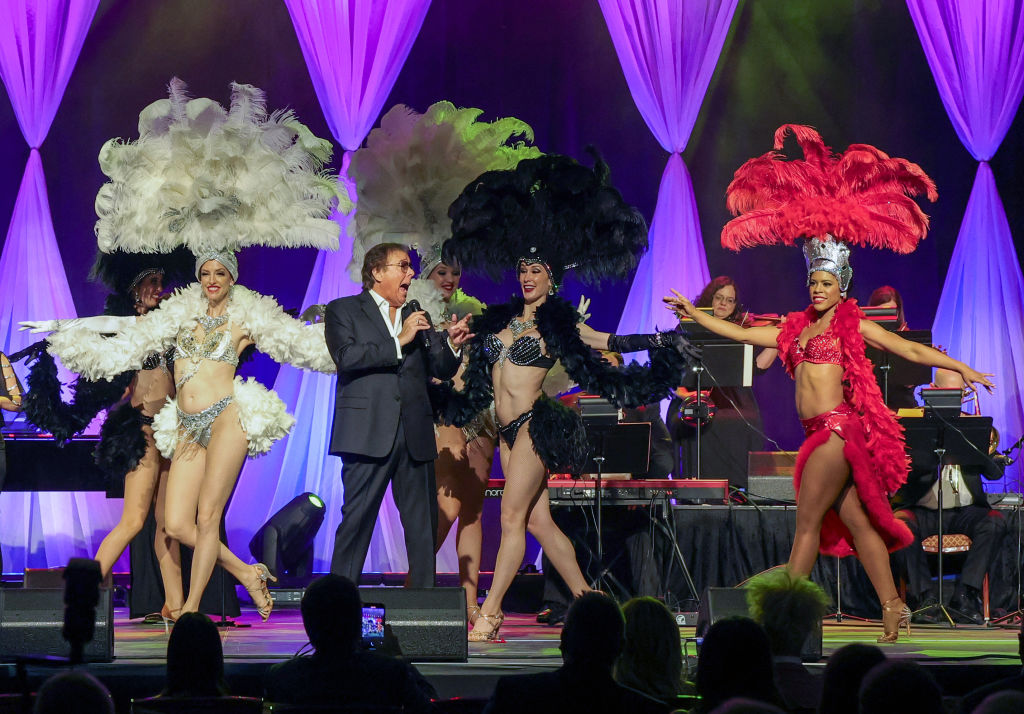
Dennis Bono performs with showgirls in Caesars Palace (Getty)
I vividly remember the first time I saw Las Vegas. It was decades ago, and a friend and I did the classic LA-Vegas mini-road-trip, across the burning desert, arriving in Nevada around dusk. As we crested the final sandy hill, I saw this thing. This glittering neon jewel-box of a city, glowing in the twilight. I fell in love at once, a love that was only confirmed when we actually entered Vegas, and I realized I was motoring down Hugh Hefner Way.That love didn’t quite last, however. Not long ago I returned, and something felt…











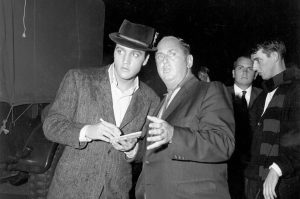
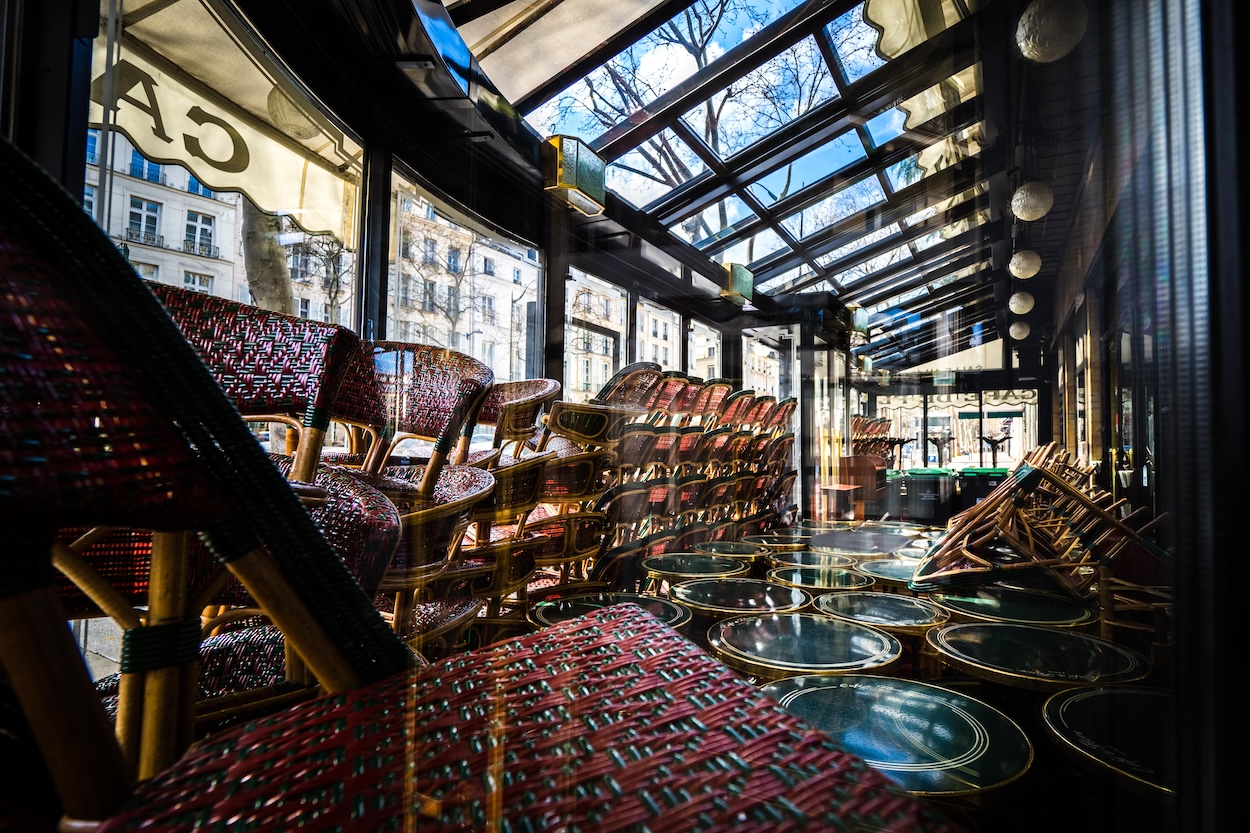

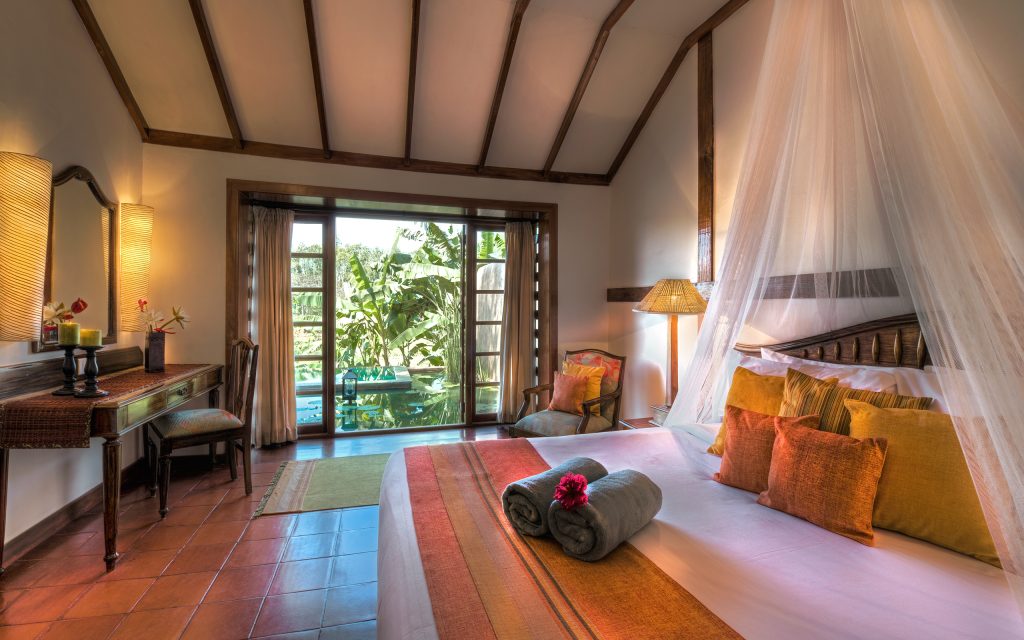

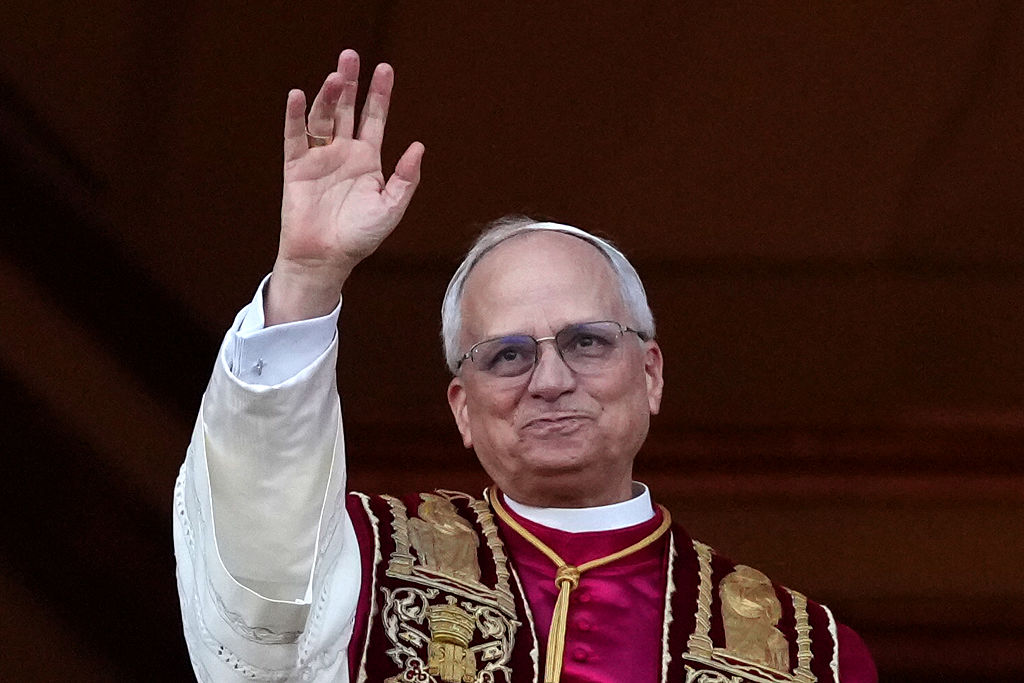


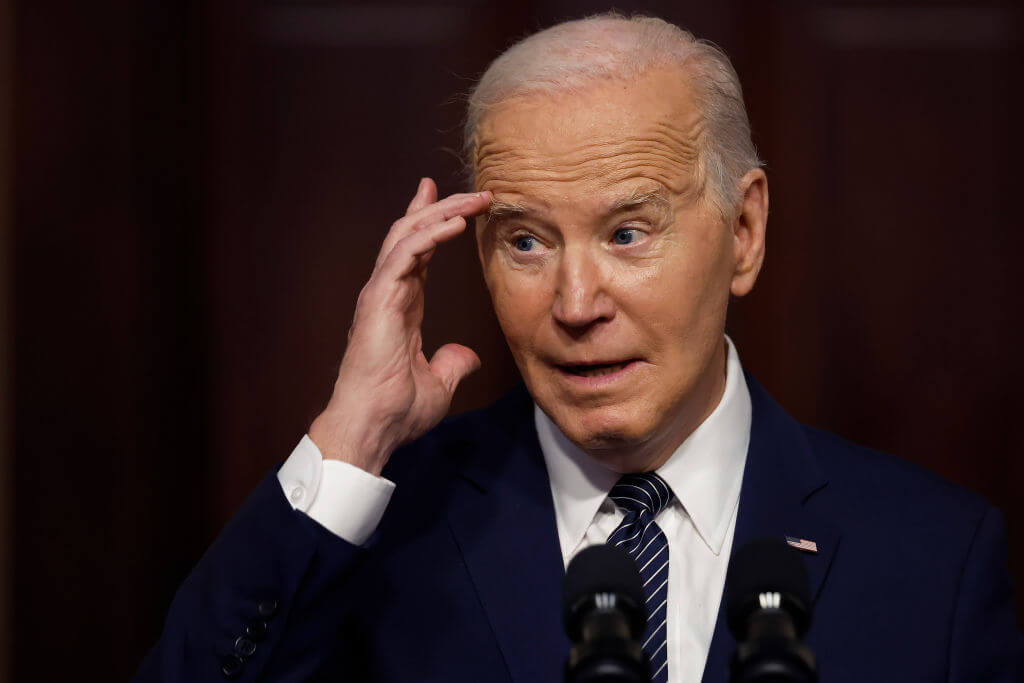



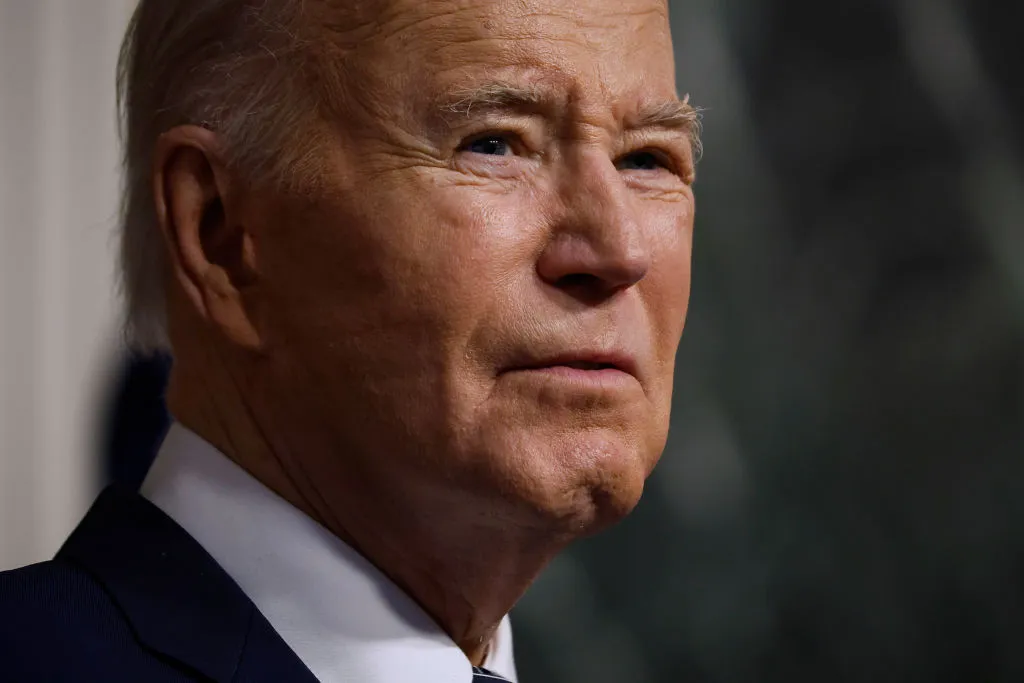

Leave a Reply